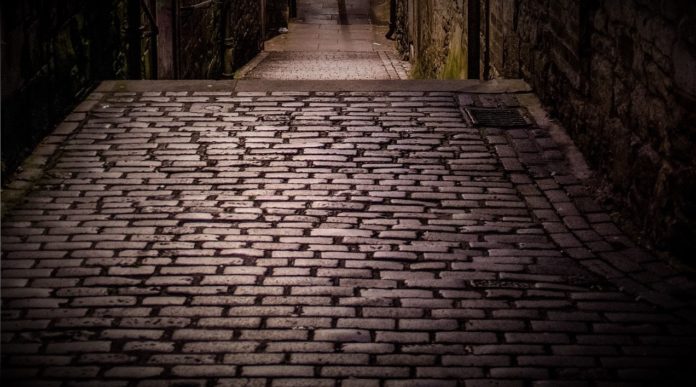
Twin Cities Agenda’s “Secret Stroll” series is somewhat useless. It’s a guide to walking around in the Twin Cities, with no real destination or goal at the end. It’s a way to wander; the journey is the destination, if you want to look at it from a more zen perspective. Very un-American.
But it lets you see sides to your cities that you may never have seen before. Like a Secret Garden-style adventure along the streets of Minneapolis and St. Paul. We try and offer you avenues that were previously cloaked in shadows. A little history about cobblestones and cornerstones, and where to let yourself get lost.
A secret stroll in St. Paul
Enjoy an evening in downtown St. Paul on a busy night. Maybe the Minnesotan Wild are playing, there’s an opera at the Ordway, live music in Rice Park, restaurants full, patios overflowing. Immerse yourself in the city. But don’t drive. Leave your car behind somewhere. Take the train. Bike. Rely on yourself instead of your car.
Leave downtown and head down West 7th Street. Do you see the blend of old architecture housing Eagle Street Bar & Grill and Zamboni’s pizza sitting side-by-side with the Hampden Inn & Suites and Oxbo apartment complex?
We’re not going there.
Cut through the United Hospital campus, one block northwest of West 7th at Walnut, and cross the somewhat-obscured pedestrian bridge over 35E. At the end of the bridge, you’ll find an ancient stairwell we’ve dubbed the “Babadook Stairs.”

They look haunted. They might be. They’re eerily compelling; steep and fascinating. A stairway to a different time, maybe: As you head up the stairs, you’ll notice remnants of St. Paul’s past along the walls: The massive bricks imported from wherever to designate railroad tycoon James J. Hill’s sprawling estate. Former entryways surely meant for cooks and servants. The built-to-last quality of yesteryear.
You emerge at the top on Summit Avenue. The glowing Cathedral looms overhead. The James. J. Hill House sits quiet, steadfast to your right. Another mansion, built for Hill’s son, stands to your left. There is history here. Head west down Summit, past the peaked gables of olden luxury.
Read more: Why you should run on Summit Avenue
At the end of the next block, you’ll see an entrance to the alley that leads behind these remnants of old America; these houses of magnificence. The alleyway behind is where you’ll find the now crooked cobblestone roads, the leftovers of garages originally built for horses instead of cars, and the crumbling (but still strong, solid) frames that reminded the city’s earliest inhabitants what it meant to achieve the “American Dream.”
Here you can wander freely, taking in the almost Harry Potter/Diagon Alley-quality of the architecture exploring what feels like a tangible memory of a city lost but not forgotten.
This is a trip worth taking in summer, certainly. In winter, though it takes on a completely different personality: In winter it is as though you’re trapped in a snow globe, a moment in history where nothing ever changed and St. Paul became the city it was always supposed to be.
You’re not confined by your car. You’re not worried about where you left it. You’re not wondering who is going to drive. You’re not confined either by what year it is, nor the day of the week. You’re free of your everything except what is around you. Stand in the shadow of the majestic St. Paul Cathedral, surrounded by houses reaching toward the heavens, hidden in alleyways ignored by progress to lose yourself completely in the moment.
Read next: The beautiful people: We’re all different, and very much the same
















